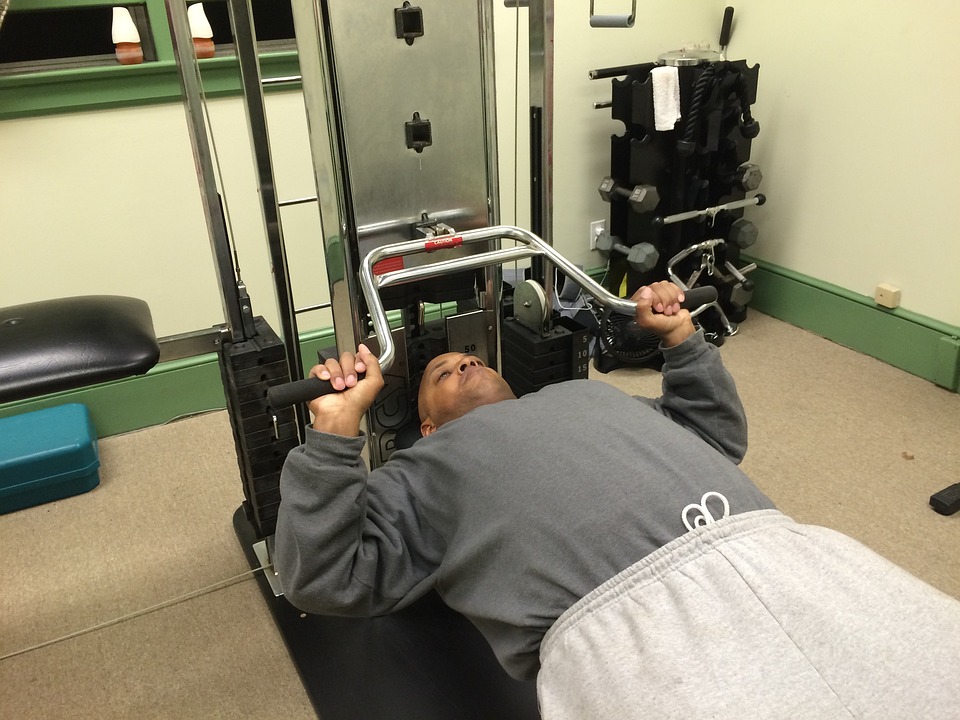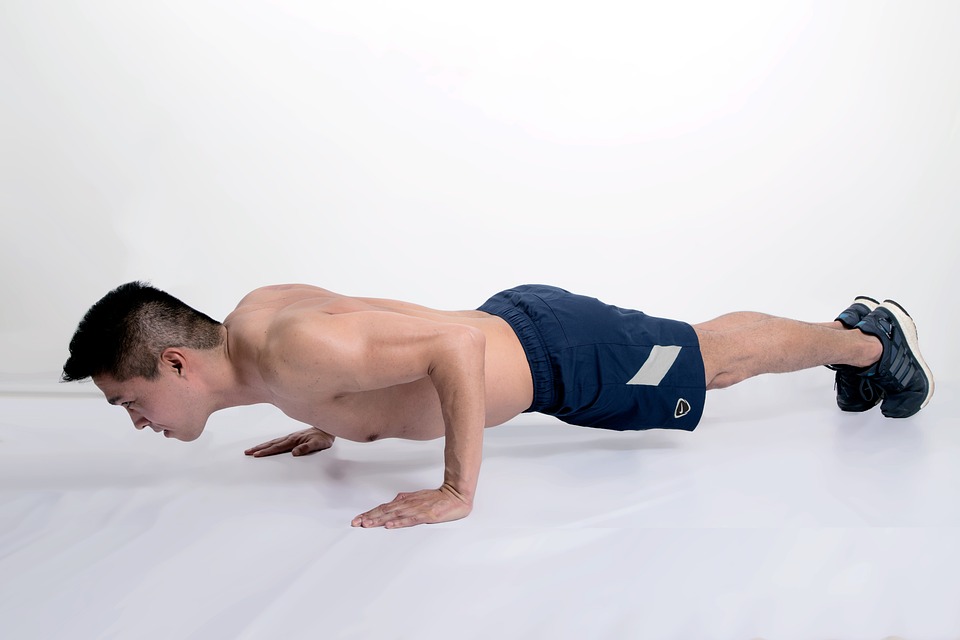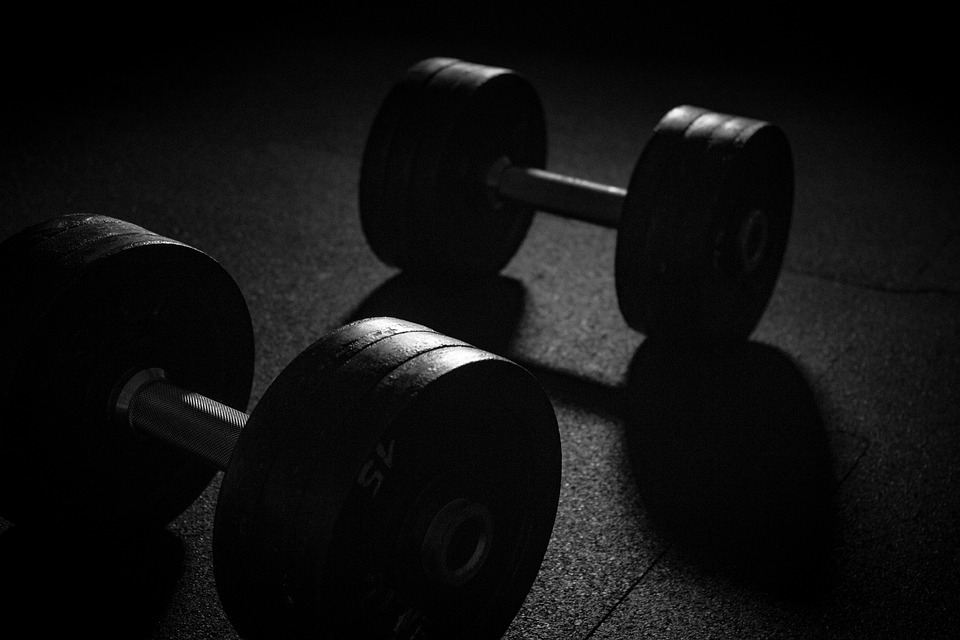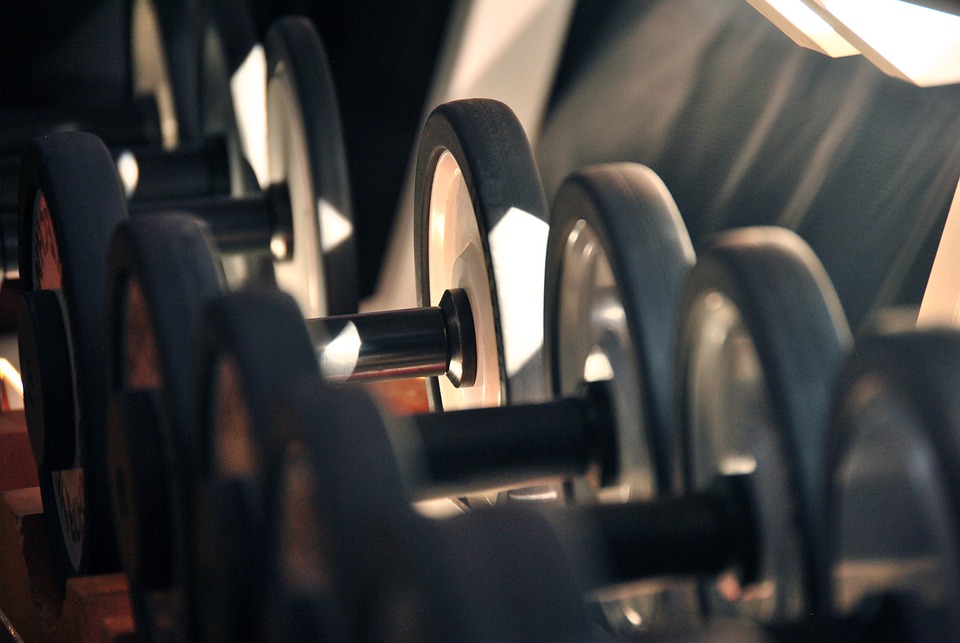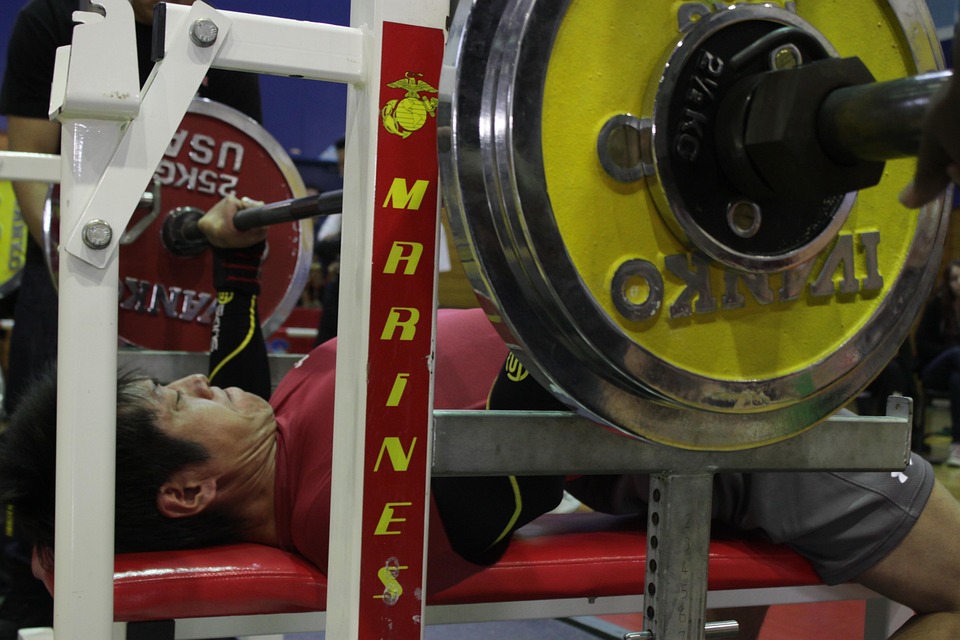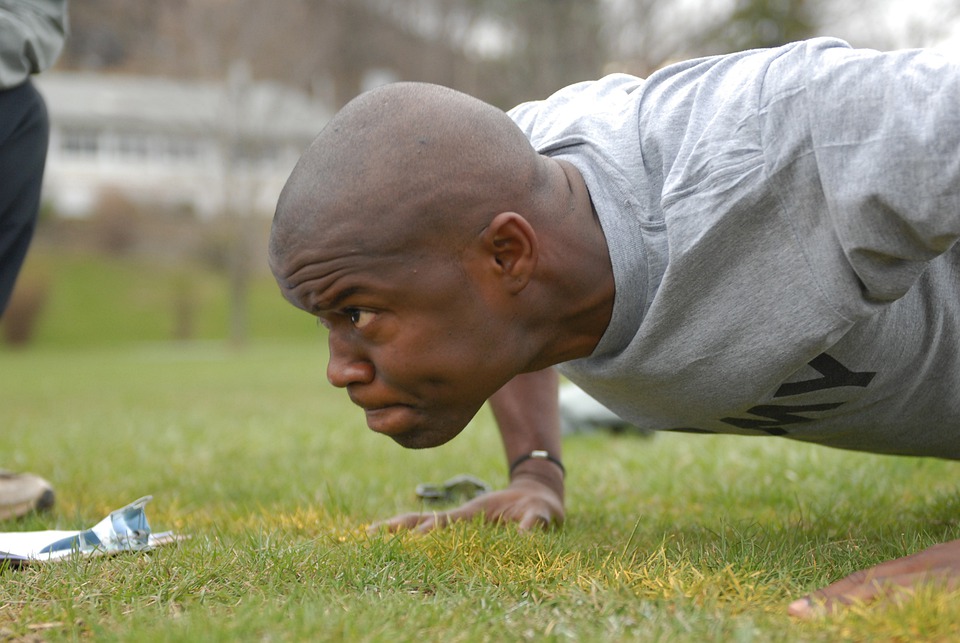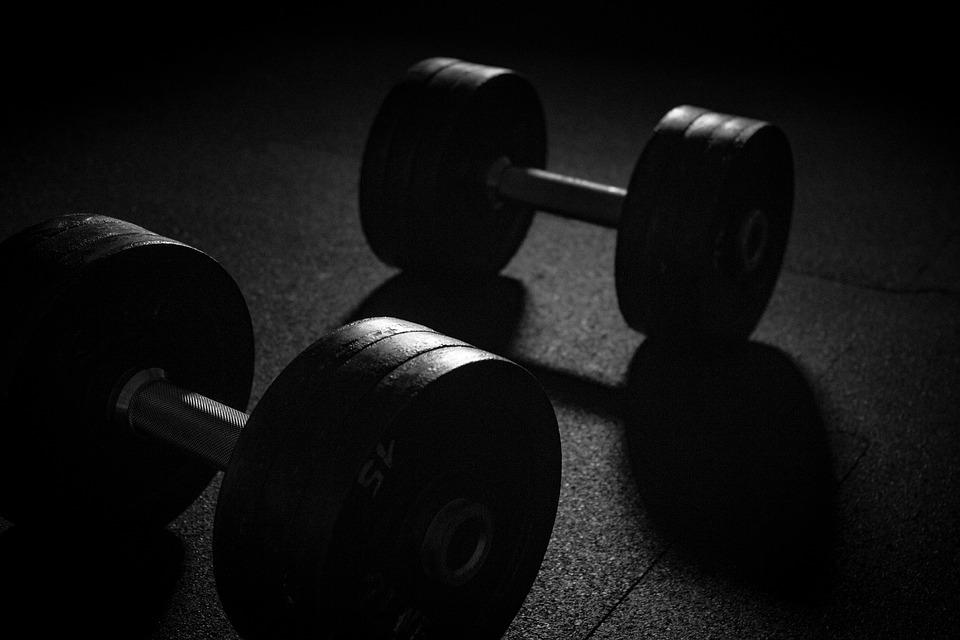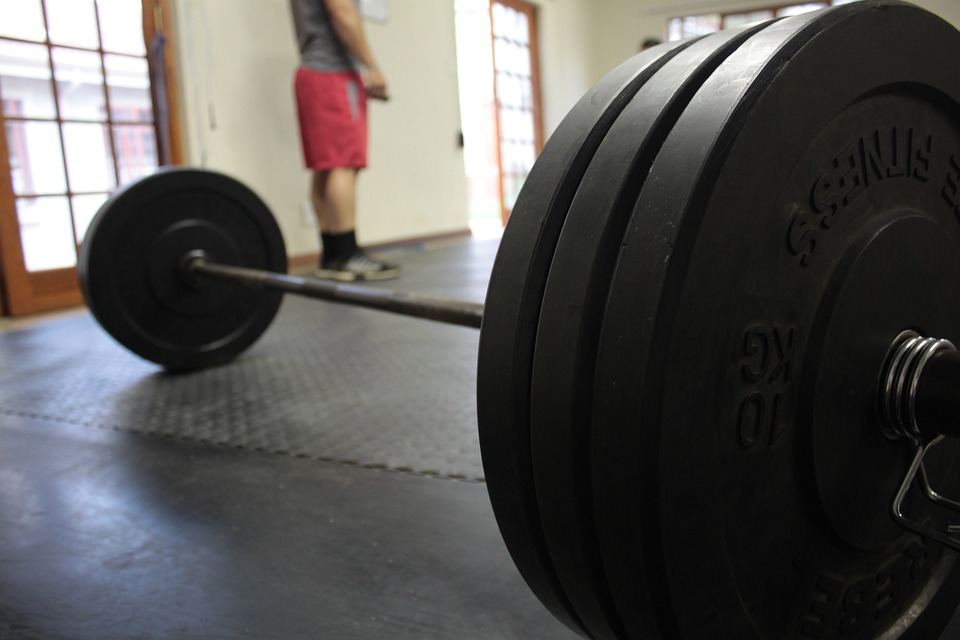
The barbell row is an exercise that is often considered to be very important, along with the three power lifts of squatting, bench pressing, and deadlifting. This is because the barbell row is a movement that can help to build a lot of size and strength. It helps you build a stronger back and arms. Here are some tips to get the most out of this back-training staple.
What Is the Bent-Over Row?
The bent-over row is a type of exercise that involves bending over at the waist and lifting either a barbell or dumbbell toward your chest.
There is a move in strength and bodybuilding training called the bent-over row, which has been around for decades. When people say bent-over row, they are usually referring to the classic barbell row.
There are several other types of bent-over rows, including Pendlay rows, dumbbell rows, Yates rows, and the T-bar bent-over row.
There are three main types of rows – barbell, dumbbell, and machine. The way you grip the bar, the type of resistance you use, and how strict you are in using your legs to assist the movement are the main differences between these types of rows.
For the standard barbell row, you will need a barbell that either weighs 45 pounds or is preloaded. If you increase the weight you lift, you will probably want to do the exercise on a padded floor or deadlift platform to avoid damaging the weight plates or the floor.
To do the standard barbell row, you stand with your feet about 6 to 12 inches apart, over a loaded barbell.
After that, you bend your waist and reach down to grab the bar with both hands. Your hands should be about twice as wide as your shoulders, and your grip should be an overhand grip with your palms facing down.
Flatten your back and initiate the exercise by raising your hips to pull the weight off the floor, building momentum. To complete the exercise, pull the barbell up until it touches your torso then reverse the movement to allow it to drop back to the floor.
Barbell Row Mistakes to Avoid
Although the barbell row may look easy, you can still make some common mistakes that can slow down your progress. Here are two of the most common mistakes people make.
Lifting with Your Arms
Many beginner lifters quickly form the habit of pulling the barbell up using their arms more than their back muscles. This often leads to injuries since the arms are not meant to support that much weight. While you cannot row without using your arms at all, the larger back muscles should be emphasized more significantly than the relatively smaller muscles of the arms.
If you keep using your arms to initiate the movement, your arms will get stronger while your back muscles lag behind because you’re not concentrating on making them work.
It is important to focus on feeling your back muscles stretch and contract in order to avoid injury. The mind-muscle connection is the communication between your brain and your muscles. This can be improved by boosting communication, which has been shown to lead to better results. If you focus on driving your elbows into your hips, rather than just your hands pulling the weight, you can better work your lats.
Standing Too Upright
You will need to be in a bent-over position to do the barbell row, or what is called a “hinged position.” Your body does not have to be at a strict 90-degree angle, but it is important that you keep a stable, mostly horizontal angle to do the barbell row correctly.
This can lead to terrible technique and, eventually, injuries In addition to this, some trainees will use a weight that they cannot lift well. This can lead to bad technique and injuries. If you try to counterbalance the weight by staying too upright, you’ll just end up shrugging instead of rowing properly. There is often a correlation between being overweight and lacking hinge stability, since being overweight often leads to being too upright.
Don’t do the exercise if it’s hard to maintain a hinged position; instead, do it near a wall so your glutes are pressed against it. This will help you improve your coordination and strength so you can keep your back muscles contracted.
What Muscles Does the Bent-Over Row Work?
Many people believe that the only muscles worked during a bent-over row are the back muscles.
The lat pulldown is a back exercise that also trains your arms, shoulders, and legs to a slight degree.
The bent-over row primarily works your back muscles, including the . . .
- Latissimus dorsi
- Trapezius (traps)
- Rhomboids
- Teres major and minor
- Infraspinatus
- Erector spinae
The muscles in the arms and shoulders, such as the . . .
- Biceps brachii
- Biceps brachialis
- Forearms
- Posterior deltoids
The bent-over row also workouts the back muscles to a smaller degree.
- Hamstrings
- Glutes
- Quadriceps
The stronger you get on the bent-over row, the more muscle groups you need to use to stabilize your body during the movement, making it more of a full-body exercise.
How to Barbell Bent-Over Row with Proper Form
We will spend a few minutes discussing how to properly execute a barbell bent-over row, as it is the most effective and technically demanding type of row.
This exercise will help you develop a skill that will be useful in other types of rowing.
So, there are three parts to bent-over rowing with proper form:
- The setup is where you position your body to pull the weight off of the floor.
- The ascent, where you pull the weight from the floor to your torso.
- The descent, where you return the weight to the floor.
There are three main categories that every aspect of the bent-over row technique can be filed under. These categories are grip, foot placement, and back angle.
Step 1: The Setup
The bent-over row is started with the bar on the floor, not on the rack, safety arms, or pins.
Stand at the bar with your feet close together, toes pointing outward slightly.
Next, move the barbell toward you until it is in line with your shoulders or slightly behind them. This will put the bar between your shins and over the middle of your feet. The bar will be against the shins of taller or skinnier people. For people who are shorter or thicker, the watch will settle around the middle of the feet.
It is important to keep the bar in the proper position so that you can pull it directly into your torso for maximum power. If the bar is not in the proper position, you will not be able to generate as much power.
Stand up straight with your chest out, and take a deep breath so that your stomach expands, like you’re preparing to get punched in the stomach.
First, start in a standing position with your feet shoulder-width apart. Then, move your hips back and bend your knees slightly, like you would to get into position for the deadlift.
You want to start the bent-over barbell row with your hips high and legs straight enough to allow your back to be at a parallel level with the floor.
Place your hands on the bar a few inches wider than your shins, with both palms facing down, and squeeze as hard as you can.
Keep your shoulders down and back, your back flat, and your head in a neutral position with your eyes focused on a spot 6 to 10 feet in front of you. look neither up at the ceiling nor down at your feet
Step 2: The Ascent
To start the pull, extend your legs to raise your hips and “pop” the weight off the floor. Then, keeping the weight moving upward, pull your elbows toward the ceiling. Be sure to raise your shoulders with your hips and keep your back in a flat, neutral position.
The next step is to continue pulling the weight until it touches the bottom of your rib cage. The bar should move up your shins until your legs are straight and the bar can easily pass over your knees.
In order to correctly perform the movement, you must keep your head in a neutral position and align it with your spine. Your lower back should be slightly arched and your core must be tight.
Also, keep the bar moving in as straight of a line as possible because any deviations will just slow you down and make it harder to maintain good form. This means the bar should not move significantly closer or further away from you.
Step 3: The Descent
Lower the weight back down to the floor in a controlled manner to complete the bent-over row.
To sit down, you basically do the opposite of what you did to stand up.
To lower the weight, start by quickly moving the bar down toward the ground. Once your arms are locked, drop your hips so the weight can reach the floor.
Your back should always be in its neutral position and your core should always be tight. Don’t try to lower the bar slowly or quietly. You should only take one second to descend.
You’re now ready for the next rep.
Many people don’t take the necessary time to reset in between reps, and instead only lower the bar a few inches off the ground, similar to a Romanian deadlift. I prefer to reset between every rep rather than continue using light weights. This is sometimes called a “Pendlay row”, named after Olympic weightlifting coach Glenn Pendlay.
The weight should be lowered to the ground after each rep, and the bottom position should be reset before starting the next rep, including taking a breath. It is easier to maintain proper form if the weight is lighter, which may reduce your risk of injury. Once you start using heavier weights, you need to be strict on your form to avoid injury.
That’s it for the classic barbell bent-over row!
You can practice the movement by Grabbing a broomstick, pool cue, or similar implement and running through the movement.
Benefits of the Barbell Row
Improved Spinal Stability and Posture
Many weightlifters have difficulty keeping their backs flat during movements. The barbell row can help you maintain better control of your body in basic positions, which can help you be stronger and more stable in other movements. This exercise also strengthens the postural muscles, like the spinal erectors, which are key for lower back health and stability.
Building a Stronger Back
The stronger your back gets, the better your ability to brace your upper body will be. This means your body will be more stable during movements like the overhead press, bench press, and squat.
One of the most efficient ways to build upper-body strength is by doing barbell rows, which coordinate strength through the lats, upper back, lower back, shoulders, arms, and grip. The barbell row allows you to use more weight compared to other variations of rowing exercises, making it more effective at building strength.
Increased Back Size
One of the most efficient ways to improve your physique is to build a wider, thicker back. The lats are the muscles on the back that extend from the waist to the armpits. A well-developed upper back is often visible under clothes, unlike well-developed arms or legs. This exercise is a great way to bulk up your back muscles.
Who Should Do the Barbell Row
Physique-Focused Lifters
Any lifter who wants to look more muscular can benefit from the barbell row. It can help trigger muscle growth by applying tension to all the muscles in the back and moving heavy loads. One of the best exercises for developing a strong back is the barbell row.
Strength Athletes
The barbell row can help strength athletes build pulling strength and total-body stability. The barbell row helps to build the strength in your upper body that is necessary for both pressing and pulling movements. Having a strong lower back and postural stability can help you to lift more weight when squatting and deadlifting.
How to Program the Barbell Row
The barbell row is a good exercise for all lifters because it can be done with different weights to accommodate different goals. There are two recommendations that are common and effective based on your specific training goal.
Heavy Weight, Low to Moderate Repetitions
If your goal is to maximize strength, you should start by doing three to five sets of four to eight reps. Pick a weight that allows you to have good form and not be too fatigued. Lifting extremely heavy weights to the point of muscle failure can put stress on the spinal erectors and increase the risk of injury.
Moderate Weight, Moderate Repetitions
The ideal rep spread to target if your goal is to maximize muscle growth is six to 12 reps in three to four sets. This will increase your training volume, which will help you build muscle. The fact that you can lift more weight with increased volume allows you to develop better muscle coordination. This can eventually lead to better recruitment of back musculature.

